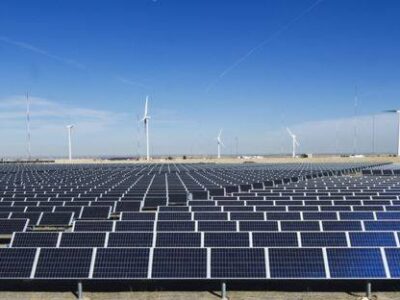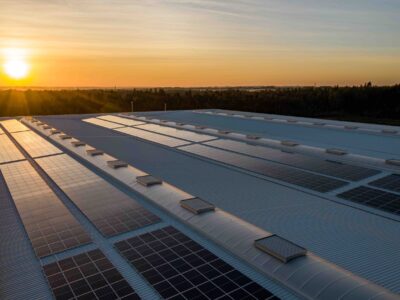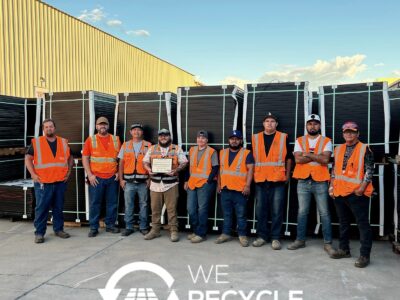It’s been one year since the Inflation Reduction Act (IRA) was passed into law. Since the bipartisan bill passed in August 2022, there’s been a significant increase in investment in clean energy from numerous companies, all enacted to promote the United States’ clean energy goals.
The Act’s tax incentives reduce renewable energy costs for organizations, which is key to reaching the country’s net-zero carbon emissions by 2050. Solar, hydrogen, wind, battery storage, and electric vehicle (EV) manufacturing have all benefited.
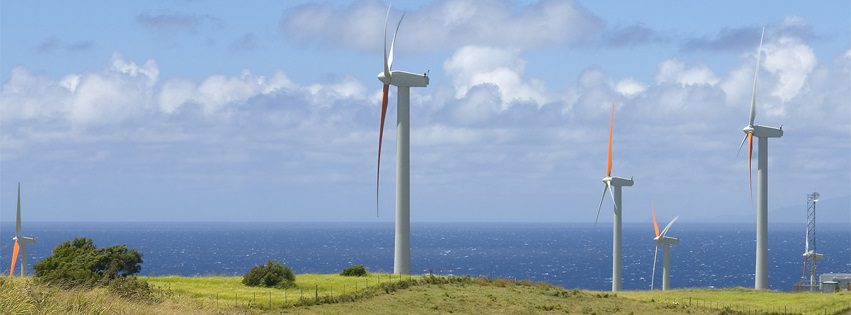
Photo Courtesy U.S. Environmental Protection Agency
By decidedly reducing renewable energy costs for companies, the IRA has made the transition to cleaner energy easier and economically wise.
The tax incentives seem to be working. According to the American Clean Power Association, nearly 80 major clean energy manufacturing facilities have been announced.
The Act also spurred numerous investments in EVs, including vehicle manufacturing and battery technology. According to BloombergNEF, by the end of this decade, at least half of the cars sold in the U.S. will be electric.
Investment in renewable energy, such as wind, solar, and hydrogen, is also soaring. Solar giant First Solar has seen sales increase due to the IRA. The company now plans to use its tax credits and spend up to $1.1 billion on what will be its fifth American factory to meet the booming demand for American-made solar panels.
“By expanding America’s solar manufacturing base, and the value chains that support it, we are working to ensure that the U.S. enters the next decade in a position of strength, fully capable of producing the technology it needs to complete its transition to a sustainable energy future,” Mark Widmar, First Solar’s chief executive, said in a statement.
The legislation has also been a trigger for clean hydrogen infrastructure growth.
“The IRA accelerates the implementation of hydrogen at scale by about four to five years,” making the U.S. competitive with Europe,” said Jason Mortimer, senior vice president of global sales at EH2, told the Associated Press.
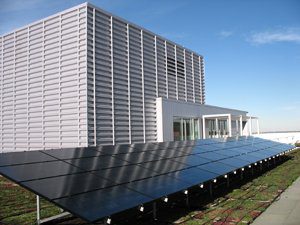
Photo Courtesy U.S. Environmental Protection Agency
Battery storage has also seen further investment thanks to federal initiatives. Siemens USA has recently invested $260 million in battery and battery storage projects, including a new partnership with Aypa Power on an energy storage facility in Texas.
“Battery storage is an increasingly valuable component of the electricity generation mix, facilitating the integration of renewable power generation into the electric grid, ensuring dependable electricity flow,” said Marc Atlas, Aypa Power’s CFO, said in a statement.
Experts suggest that the investment in clean energy over the past year is just the beginning, with major increases expected between now and 2026.
Companies continue to reap the benefits of the IRA by racking up tax credits on sustainable energy choices. Individuals also benefit from significant tax credits (up to 30%) on sustainable energy investment, as well as a credit of up to $7,500 on a new EV purchase.
The Act’s long-term goal is to facilitate moving greenhouse gas cuts forward despite fiscal and infrastructure challenges. Greenhouse gas cuts are at risk if the U.S. electric grid cannot grow enough to connect new wind and solar farms and handle new demands, like mass vehicle charging.

Photo Courtesy energy.gov / Lucas Faria
Tax incentives such as those offered by the IRA are critical to ensure the nation reaches its clean energy goals. Many believe that with the support of the federal government, companies can make bigger changes happen more quickly.
“When the federal government makes an investment, we get to the tipping point faster,” said Barbara Humpton, CEO of Siemens USA, told the Associated Press.


